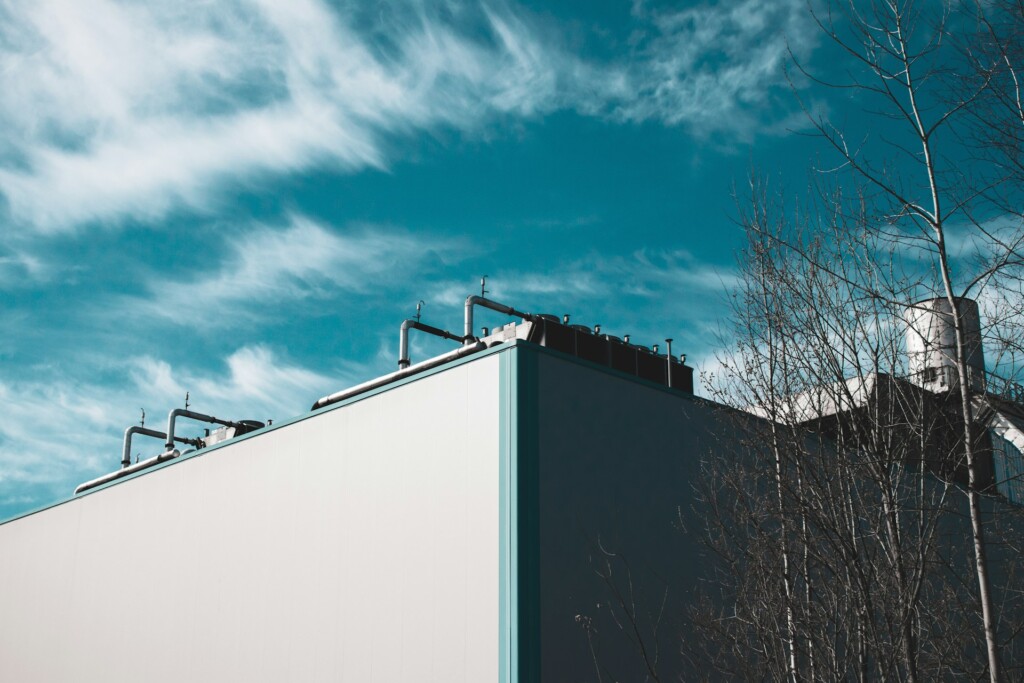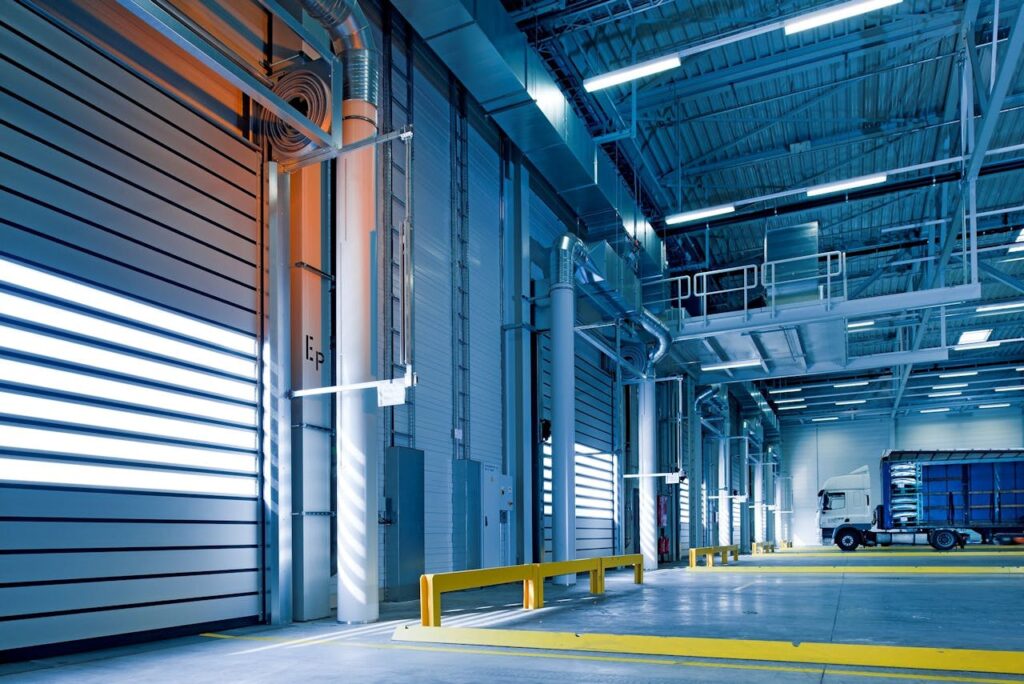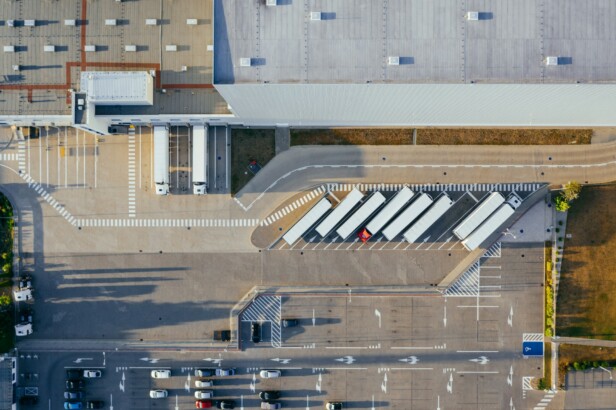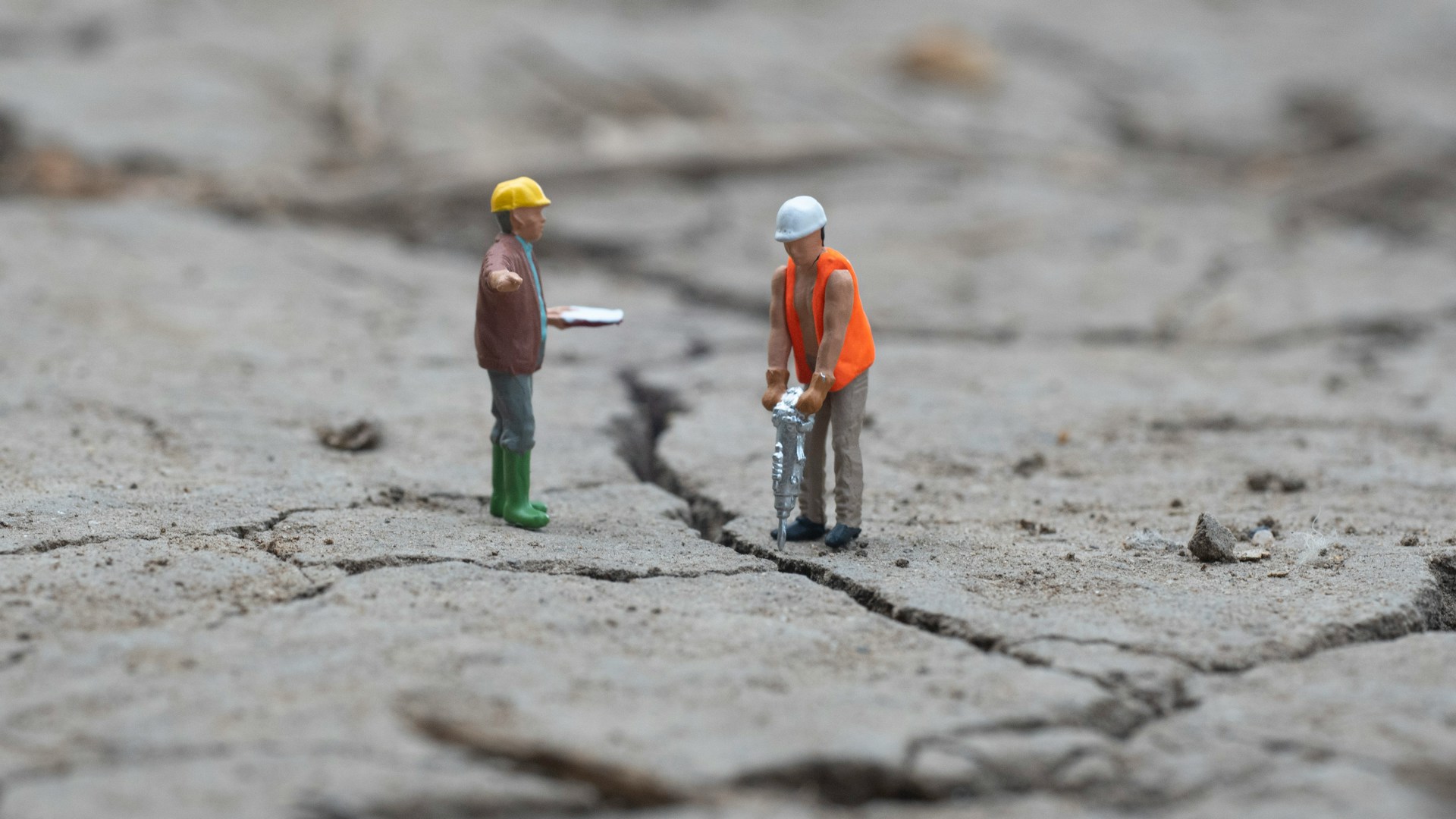Nearly 80% of facility lifecycle costs occur after construction ends, yet most critical decisions happen during planning and early design phases. This reality underscores why we approach the construction of facilities as an integrated system rather than separate, sequential steps. Construction of facilities encompasses planning, design, site preparation, building, and maintenance of structures and infrastructure that serve communities and organizations.
The most effective approach treats design and construction as one interconnected process. We coordinate constructability reviews throughout design development, establish clear shop drawing responsibilities among all parties, and address site conditions and risks from project inception. This integrated approach supports the full facility lifecycle through coordinated materials, services, real property decisions, and ongoing facility-related services that align with agency practices and industry standards.
Which Facility Types Are Common In Construction Projects?

Facility construction spans a broad spectrum of project types, each demanding unique approaches to design, engineering, and execution. We organize these projects into five primary categories that shape how we plan materials, coordinate trades, and manage safety protocols.
Industrial Facilities
Industrial projects require specialized designs that accommodate heavy processes and equipment loads. Factories demand robust structural systems to support manufacturing equipment, with wide-open floor plates and high ceiling clearances for overhead cranes. Power plants involve complex utility coordination for steam lines, electrical distribution, and cooling water systems.
Refineries and chemical processing facilities present unique challenges with their need for explosion-proof construction and specialized fire suppression systems. We design these projects with strict adherence to OSHA regulations and industry-specific codes. Warehouses and distribution centers emphasize efficient material flow, requiring strategic placement of loading docks, clear spans for racking systems, and adequate truck maneuvering space.
Institutional Facilities
Schools, universities, and healthcare facilities prioritize accessibility and long-term durability in their design approach. Hospitals require complex MEP systems with redundant power supplies, medical gas distribution, and specialized HVAC for infection control. We coordinate these systems early in design to avoid conflicts during construction.
Educational facilities emphasize flexible learning spaces with technology infrastructure built into the structure. Government buildings must meet federal accessibility standards and security requirements that influence everything from site layout to interior circulation patterns. These projects often involve extended design phases to coordinate with multiple stakeholder groups.
Infrastructure Construction
Heavy civil projects like highways, railways, and airports involve complex engineering and environmental permitting processes. Airports require specialized concrete mixes for runway construction and coordination with FAA regulations throughout the project. Dams and water systems demand extensive geotechnical investigation and environmental impact studies before construction begins.
These infrastructure projects typically span multiple years and require close coordination with utility companies and transportation agencies. We manage traffic control, environmental compliance, and public safety protocols as integral parts of the construction process.
Commercial And Sports Facilities
Office buildings and hotels focus on efficient space planning and energy-efficient building systems. Retail centers require flexible layouts that can adapt to changing tenant needs, with robust electrical distribution for varied commercial equipment. Restaurants demand specialized kitchen ventilation systems and grease management infrastructure.
Sports facilities present unique challenges with their large clear spans and high-capacity crowd management systems. Gyms and arenas require specialized flooring systems, acoustical treatments, and emergency egress planning for large occupant loads. We coordinate these projects with local fire marshals early to establish life safety requirements.
Mixed-Use And Modular Construction
Mixed-use developments integrate residential, commercial, and sometimes institutional functions within single structures. These projects require careful fire separation between occupancy types and coordination of different building systems. Parking structures, utility distribution, and shared spaces demand integrated design approaches.
Modular and prefabricated construction can reduce on-site labor and improve quality control through factory-built components. We evaluate transportation logistics and crane access early in planning. These approaches work best for repetitive building types with standardized connections and predictable site conditions.
Classification Frameworks
Building occupancy classifications guide our design approach and code compliance strategies. Assembly occupancies like theaters require multiple exit paths and fire-rated construction. Business occupancies focus on accessibility and energy efficiency. Educational facilities through 12th grade fall under specific occupancy rules different from higher education.
Factory and industrial occupancies involve hazardous material considerations that affect building separations and fire protection systems. High hazard occupancies require specialized construction approaches and emergency response coordination. Institutional occupancies account for occupants who may need assistance during emergencies.
The International Building Code construction types I through V classify buildings by fire resistance ratings. Type I fire-resistive construction uses non-combustible materials with the highest fire ratings, typically found in high-rise buildings. Type V wood-frame construction offers the least fire resistance but remains cost-effective for many residential and light commercial applications.
These classification systems determine allowable building heights, required fire separations, and structural design requirements. We confirm occupancy classifications and construction types early in design to establish the regulatory framework that governs the entire project approach.
How Should Design And Construction Be Integrated For Facilities?
We view design and construction as elements of a single, coordinated system rather than separate phases. This integration requires ongoing collaboration between design professionals, owners, and construction contractors throughout project development. The approach reduces conflicts, minimizes change orders, and creates more buildable designs.
Constructability reviews form the backbone of this integrated system. We conduct these reviews as designs evolve from conceptual through detailed phases. Early reviews at 30-50% completion identify major issues before they become costly problems. Later reviews at 90% completion catch specific construction conflicts and coordination gaps.
Establishing Clear Shop Drawing Responsibilities
Shop drawing accountability represents one of the most critical handoffs in facility construction. We establish clear responsibilities among all parties before design begins. The owner provides adequate time and funding for both preparation and review cycles. Design professionals retain responsibility for structural design intent while specifying connection requirements and loading criteria.
Construction contractors prepare detailed shop drawings that reflect the design intent. They also handle erection procedures, temporary bracing, and construction sequencing. The design professional reviews submissions for compliance with structural requirements and overall project coordination. This division prevents the accountability gaps that have led to significant failures in the construction industry.
We require written agreements that specify review timelines, approval processes, and revision procedures. These protocols ensure shop drawings move efficiently through the system while maintaining quality standards. Clear responsibilities also protect all parties from liability issues that arise when roles overlap or remain undefined.
Managing Geotechnical Risk Through Early Investigation
Subsurface conditions create some of the highest risks in facility construction. We address geotechnical uncertainty during the planning phase rather than after construction begins. Early soil investigations, environmental assessments, and groundwater studies inform both design and construction approaches.
Risk allocation becomes critical when subsurface conditions differ from initial assumptions. We establish clear protocols for handling changed conditions, including responsibility for additional investigations and cost impacts. European practices often assign subsurface risk to owners, allowing contractors to focus on construction efficiency rather than unknown ground conditions.
Environmental factors require similar early attention. We investigate drainage patterns, existing contamination, and seasonal water table fluctuations. Hazardous materials from previous site uses can create significant cost and schedule impacts if discovered during construction. Early identification allows proper planning and budget allocation.
Pre-Project Planning And Scope Definition
We use structured pre-project planning to establish project scope, budget, and organizational framework before detailed design begins. This planning phase prevents scope creep and ensures all parties understand project requirements and constraints.
Project Definition Rating Index approaches provide systematic checklists for scope assessment. We evaluate business strategy, project requirements, site information, design parameters, and equipment needs. These tools help identify incomplete elements that could cause problems during later phases.
Scope definition includes coordination requirements between different building systems. We establish integration points for structural, mechanical, electrical, and plumbing systems early in the process. This coordination prevents field conflicts that typically arise when systems compete for the same space or access routes.
Pre-project planning also addresses project delivery methods, contractor selection criteria, and quality control procedures. We align these decisions with project complexity, schedule constraints, and owner capabilities. Clear planning frameworks support better decision-making throughout the construction process and create accountability for all project participants.
What Materials, Services, And Lifecycle Activities Support Facility Delivery?

We organize facility delivery around five coordinated categories that span from initial construction through ongoing operations. Construction-related materials include temporary structures, building materials, lumber, and equipment leasing or rental. These components support active site work and structural assembly.
Facility-related materials encompass HVAC and plumbing systems, electrical installations, lighting, cleaning equipment, grounds maintenance tools, paints and adhesives, refrigeration and air conditioning units, plus water and sewage treatment systems. These materials enable long-term building function and occupant comfort.
Construction Services And Professional Support
Construction-related services form the backbone of facility delivery. Architect-engineer services provide design expertise and technical specifications throughout the project lifecycle. Construction of structures and facilities represents the core building activity, while site preparation establishes proper conditions for construction work.
We coordinate these services to maintain design intent while addressing constructability concerns. Site preparation often reveals conditions that require adjustments to original plans, making early coordination between design professionals and construction teams essential.
Facilities Purchase, Lease, And Acquisition
Real property leasing, acquisition, restoration, and professional support services handle the ownership and legal aspects of facility delivery. These activities establish the foundation for project development and determine long-term facility control.
Professional support services bridge the gap between acquisition and construction, providing expertise in areas like environmental assessment, property law, and regulatory compliance. We ensure these services align with construction schedules to avoid delays in project initiation.
Facility Operations And Maintenance Services
Facility-related services support ongoing building performance after construction completion. Housekeeping maintains cleanliness and occupant health standards. Installation services handle equipment placement and system commissioning.
Preventive maintenance, repair, and alteration services extend facility life and adapt buildings to changing needs. Utility system upkeep ensures reliable power, water, and waste management. Energy management reduces operating costs and environmental impact through optimized system performance.
Some facility aspects require separate planning solutions. Demolition services may not align with standard construction categories, particularly for renovation projects involving hazardous materials. Operations management often falls outside typical construction service frameworks, requiring specialized facility management expertise.
These coordinated categories align with agency practices and support the complete facility lifecycle from site preparation through long-term operations. We structure procurement and service delivery to ensure seamless transitions between construction phases and ongoing facility management.
Which Methods And Innovations Improve The Construction Of Facilities?
We approach facility construction with proven methods that reduce risk and deliver measurable outcomes. Modern approaches combine industrialized construction with strategic planning to achieve better results than traditional methods.
Industrialized And Modular Approaches
We use industrialized construction methods to shift work from unpredictable jobsites to controlled environments. Prefabricated components reduce onsite labor requirements by up to 20 percent while maintaining quality standards. Modular construction allows us to build facility elements offsite while foundation work proceeds simultaneously.
These approaches require careful attention to code compliance and logistics planning. Transportation limitations often dictate component dimensions and assembly sequences. We coordinate shipping schedules with onsite readiness to avoid storage costs and weather exposure.
Value Engineering Applications
Value engineering removes unnecessary costs without compromising performance. We leverage contractor expertise after award to identify material alternatives and system optimizations. This process must begin early in design development to capture maximum benefits.
Factory production allows bulk material purchases at discounted rates. We can often substitute specified materials with equivalent options that offer cost savings the project cannot achieve through traditional procurement. These decisions require close coordination between design professionals and manufacturing teams.
Computer-Aided Engineering And 3D Models
We employ computer-aided engineering and solid models to test design options before construction begins. These tools maintain design consistency across project phases and identify constructability issues early. Digital models support Design for Manufacture and Assembly processes that optimize factory production.
3D modeling enables us to coordinate complex systems and resolve conflicts before they reach the jobsite. This approach reduces field changes and maintains project schedules. Models also support logistics planning for component delivery and assembly sequences.
Three-Stage Work Planning
We plan construction work in three distinct stages: estimate, monitoring and control, and evaluation. This structured approach aligns costs with project durations and maintains budget control throughout delivery. Each stage builds on previous findings to refine execution strategies.
The estimate phase establishes baseline costs and schedules. Monitoring and control tracks actual performance against targets. Evaluation captures lessons learned for future projects. This cycle ensures continuous improvement in our construction methods.
Early Risk Management
We address site environment risks during pre-construction planning. Drainage patterns, groundwater conditions, and hazardous waste presence can significantly impact construction methods and costs. Early investigation allows us to incorporate appropriate mitigation measures into project designs.
Geotechnical conditions particularly affect prefabricated construction because foundation work must be completed before module delivery. We coordinate subsurface investigations with manufacturing schedules to prevent delays and cost overruns.
Green Building Strategies
We integrate LEED-aligned practices to reduce operating costs and improve facility environments. Green building strategies often align with industrialized construction methods because factory production reduces waste and improves material efficiency. Energy-efficient systems installed during prefabrication maintain higher quality standards than field installations.
These approaches require coordination with utility providers and building certification programs. We plan green building elements during design development to ensure compatibility with prefabricated components and assembly methods.
Building Code Considerations
Non-uniform building codes affect prefabrication adoption and construction methods. We evaluate code requirements during project planning to ensure manufactured components meet all applicable standards. Regional variations in fire resistance requirements, seismic design, and accessibility standards influence manufacturing decisions.
Code approval processes can be streamlined when product designs receive factory certification rather than individual project approvals. We work with code officials early in the process to establish clear requirements and approval pathways for innovative construction methods.
Conclusion And Next Steps

Successful construction of facilities requires balancing multiple moving parts. We’ve seen how integrated design and construction create stronger outcomes than traditional siloed approaches. The key elements include choosing the right project type strategy, maintaining tight coordination between design and construction teams, and adopting a full lifecycle perspective for materials and services.
Moving forward, we recommend focusing on these critical action items: Define project scope using structured checklists to minimize gaps and uncertainties. Investigate subsurface and environmental conditions early to avoid costly surprises during construction. Align shop drawing responsibilities clearly among owners, design professionals, and contractors. Plan for maintenance and utilities from the project’s outset rather than treating them as afterthoughts. Evaluate prefabrication options to potentially reduce onsite labor and accelerate schedules. Confirm occupancy and IBC classifications that will drive safety requirements and material specifications. These steps directly improve constructability, help control both cost and schedule, and establish a foundation for successful long-term operations.
Ready to move your facility project from concept to completion? Contact EB3 Construction to discuss your specific requirements and develop an integrated approach that delivers results.




